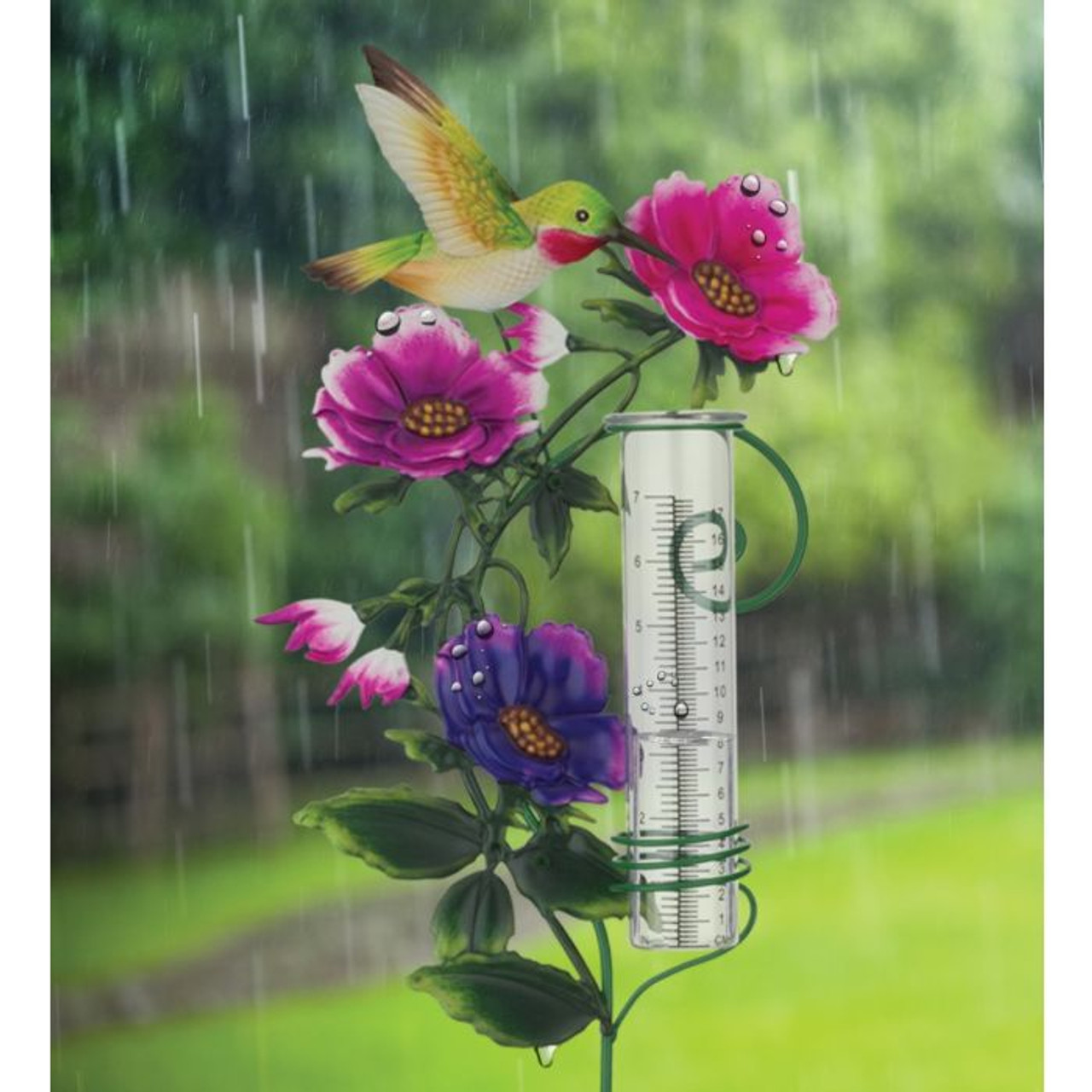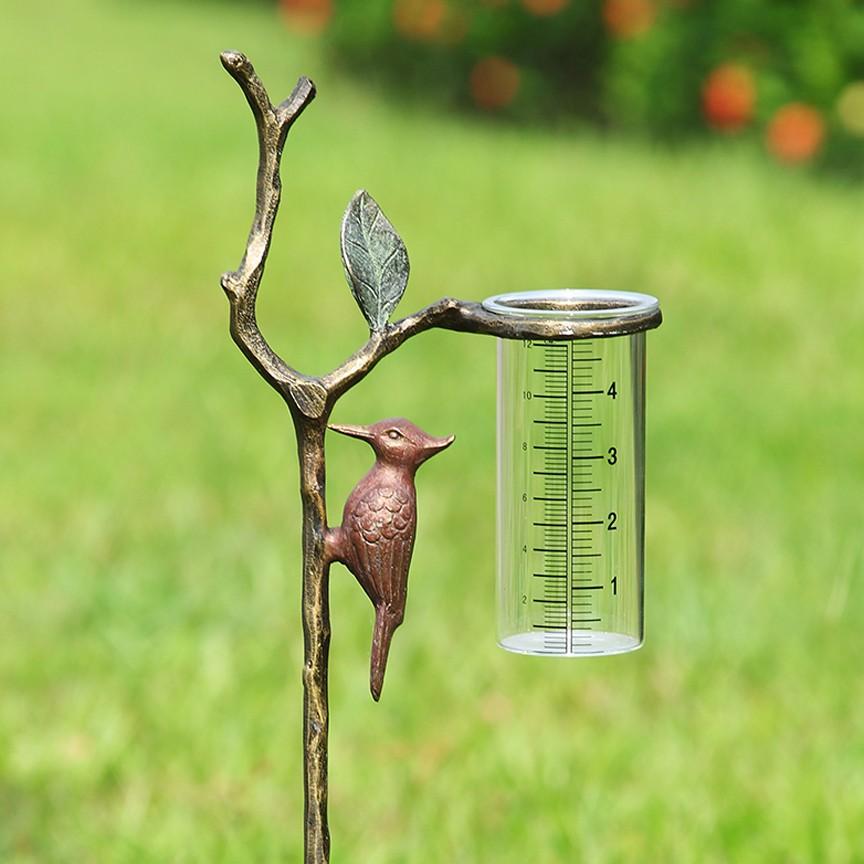The Rain Gauge: Figuring Out Rain Patterns and Enhancing Weather Condition Awareness
Wiki Article
DIY Rainfall Scale: Easy Actions to Make Your Own
Developing your very own DIY rain scale is a basic and efficient means to record and determine rainfall. With simply a few typical materials and some standard steps, you can quickly create your very own rain gauge at home. Allow's obtain started on making your Do it yourself rain gauge today!Gather Products
To start constructing your DIY rain gauge, gather all the essential materials utilizing a detailed checklist of items. Having the ideal products handy will certainly guarantee the successful production of your rainfall scale and permit accurate measurements of rainfall. You will certainly need a clear plastic container or cyndrical tube, such as a plastic container or container. Ensure the container is clear so that you can quickly see the water degree inside. Next, you will certainly need a ruler or determining tape to note the increments on the container. This will enable you to measure the amount of rains properly. Furthermore, you will certainly require a long-term pen or water-proof tape to note the measurements on the container. This will certainly make sure that the markings stay visible even when revealed to rain. You will need a tough base or risk to safely hold your rain gauge in area. This can be a wood or steel stake that can be inserted right into the ground or a strong flat surface to give security. Collecting these products ahead of time will certainly simplify the building process and ensure that you have every little thing you require to develop your own DIY rain gauge.Prepare the Container

Mark the Dimension Increments
To properly gauge the amount of rainfall, accurately marking the dimension increments on your DIY rainfall gauge is essential. Without clear and exact markings, it would certainly be tough to determine the precise quantity of rains gathered in your other rainfall gauge. Here are the actions to note the dimension increments on your rainfall scale.The pop over here most common systems for determining rains are inches and millimeters. Once you have actually selected the device, use an irreversible marker or waterproof paint to mark the increments on the side of your rainfall scale.
When noting the increments, it is very important to ensure that they are equally spaced and plainly visible. Use a ruler or gauging tape to ensure precision and consistency. Additionally, ensure that the markings are resistant to fading or abrading, as exposure to the elements might cause them to degrade with time.
Location the Rainfall Gauge Outdoors
The rain scale need to be positioned outdoors to precisely gather rains data. The place selected for the rainfall scale should be free and open from any type of obstructions that can potentially impact the dimension of rainfall. It is important to find a spot that is not blocked by trees, structures, or various other structures that could block the rain from getting to the gauge. This will certainly make certain that the gathered data is rep of the real rainfall in the area.In addition, it is crucial to position the rain scale on a steady surface, such as a degree ground or a sturdy blog post. This will protect against any motion or tilting of the scale, which can result in imprecise dimensions. It is also a good idea to prevent putting the scale near any type of resources of man-made water, such as sprinklers or drain systems, as this might conflict with the accuracy of the measurements.
Monitor and Record Rainfall Information
Routine tracking and recording of rainfall data is necessary for exact data analysis and interpretation. By tracking rainfall dimensions, you can obtain important insights right into climate patterns, environment patterns, and water source administration. To successfully check and videotape rains data, it is essential to establish a regular and keep regular techniques.First of all, ensure that your rainfall scale is positioned in an open area away from barriers such as trees or structures that may obstruct rains. In addition, make certain the rain scale is level and firmly anchored to protect against any type of movement that can impact the precision of the measurements.

When taping the rains data, it is important to keep in mind the day and time of each measurement. Use a ruler or a gauging see post stick to establish the rains deepness in the rainfall scale, and document this details precisely.
To ensure the accuracy of the dimensions, it is suggested to empty the rain gauge after each recording. This will prevent any type of overflow or evaporation from affecting succeeding dimensions.
Final Thought
To conclude, producing a DIY rainfall scale is a simple and practical method to check and tape-record rainfall information (The Rain Gauge). By adhering to the steps detailed in this write-up, you can easily gather products, prepare the container, mark the measurement increments, and place the rain scale outdoors. Routinely keeping an eye on and videotaping rainfall data can give useful details for numerous objectivesHaving the best products on hand will ensure the successful development of your rain scale and allow for precise measurements of rains.To accurately determine the quantity of rains, precisely noting the measurement increments on your Do it yourself rainfall gauge is vital.The rainfall scale must be put outdoors to precisely collect rainfall information. The area chosen for the rain gauge should be open and totally free from any type of obstructions that might potentially impact the dimension of rains.In final thought, creating a DIY rain scale is a straightforward and functional means to keep track of and tape-record rainfall data.
Report this wiki page